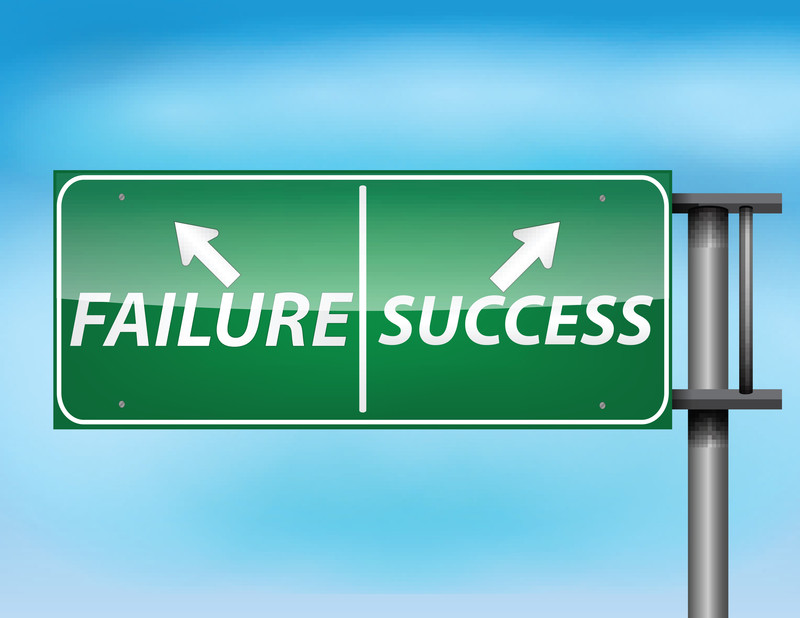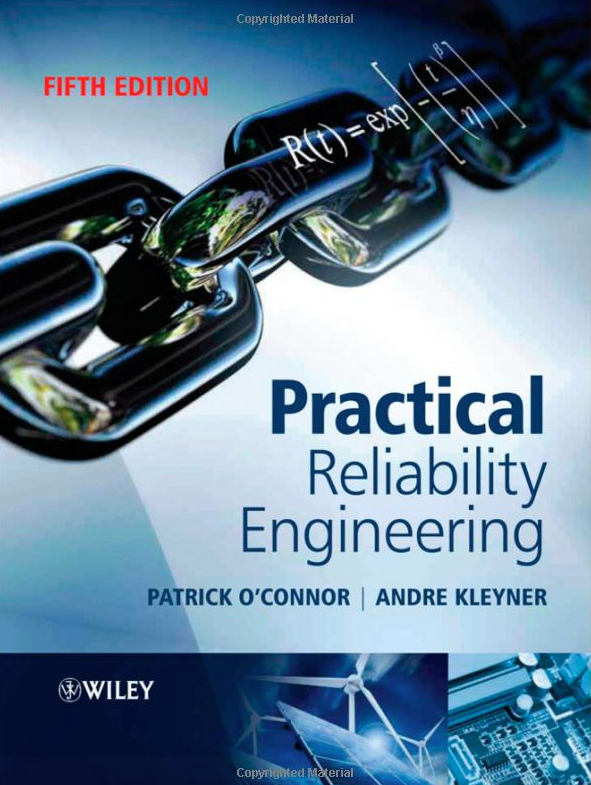Reliable equipment produces sustainable production and safety results

Reliability is a built-in design feature of any physical asset. The designer makes decisions that influence the reliability of the machine/system in a major way. These decisions cannot be significantly changed during the operating and maintenance phase (the working life of the asset) without rebuilding the asset.
Naturally, achieving the designed-in reliability requires that the asset be maintained and operated so that failures are managed and their consequences minimised. This goes without saying, but does not change the fact that we cannot fundamentally improve the built-in reliability of the system in a major way.
 If the machine is not maintained properly, the built-in reliability of the system will be affected negatively. Although reliability cannot be fundamentally improved through maintenance, it can at least be preserved by the appropriate quality maintenance actions. This can be achieved in two ways, namely by ensuring that the right maintenance actions are taken, and that these maintenance actions are carried out diligently and in a professional manner by the maintenance staff.
If the machine is not maintained properly, the built-in reliability of the system will be affected negatively. Although reliability cannot be fundamentally improved through maintenance, it can at least be preserved by the appropriate quality maintenance actions. This can be achieved in two ways, namely by ensuring that the right maintenance actions are taken, and that these maintenance actions are carried out diligently and in a professional manner by the maintenance staff.
Asset Management / Maintenance engineers need to be the operating company's experts on the subject of reliability. They are firstly necessary to guard the reliability of operating equipment against degradation and abuse. Secondly, they should be the initiators of reliability improvement drives, leading to higher operating capability and thus profit.
Course Content
|
Module 1
- Introduction - the Asset Management context
- Maintenance Cycle business model.
- Reliability is conceived by the designer.
- Reliability as result is achieved by Maintenance.
- Maintenance as the custodian of Reliability.
- The concept of reliability
- What is Reliability Engineering?
- The meaning of reliability in Engineering
- Failure frequency - a measure of reliability
- Time domain distribution of failures
- Reliability as the probability of success
- Concepts in reliability
- The definition of reliability
- Reliability of Systems
- Series Systems
- Parallel Systems
- Stand-by Systems
- Bayes’ Theorem
|
Module 2
- The reliability functions
- The exponential reliability function
- System reliability vs. reliability of components
- Reliability and unreliability enumerated
- The hazard function
- The general reliability function
- Failure density function
- Reliability Mathematics
- Probability Concepts
- Continuous Distribution Functions
- Statistical Confidence
- Goodness of Fit
- Point Processes
- Lifetime Distributions
- Discrete Distributions
- System Lifetime Distributions
- The Maintenance Connection
- Preventive Maintenance Strategy
- FMEA, FMECA
- The role of RCM
- Maintainability
- Integrated Logistic Support
|
Module 3
- Parametric Lifetime Models
- Exponential Distribution
- Weibull Distribution
- Other Lifetime Distributions
- Probability Plotting
- Ranking of Data
- Lognormal Plots
- Weibull Plots
- Extreme Value plotting
- Hazard plotting
- Analysing Reliability Data
- Pareto Analysis
- Accelerated Test Data Analysis
- CUSUM Charts
- Reliability Demonstration
- Lifetime Data Analysis
- Point Estimation
- Interval estimation
- Likelihood Theory
- Censoring
- Choice of time between overhauls
- Reliability Improvement Fundamentals
- Reliability and Integrity Growth
- The use of SWIFT (Structured what if technique)
|
| |
|
|
|

|
Module 4
- The bridge between material / equipment degradation and unreliability
- Degradation rate modelling
- Degradation Mechanisms
- Time-to-failure modelling
- Advanced Analysis
- Competing Risks
- Accelerated Life
- Reliability Analysis of Repairable Systems
- Proportional Hazards Modelling
- Parametric Estimation for models without covariates
- Exponential Distribution
- Weibull Distribution
|
Module 5 (Day 5)
- Parametric Estimation for models with covariates
- Accelerated Life
- Proportional Hazards Modelling
- Assessing model adequacy
- Chi-Square Test
- Kolmogorov-Smirnov
- Confidence Limits
- Reliability Management
- Reliability Policy
- Integrated Reliability Programmes
- Measuring reliability
- Specifying Reliability
- Managing Suppliers
- The Reliability Manual
|
| |
|
|
Who Should Attend
The course is intended for Asset Management Engineers, Maintenance Reliability Engineers, and Maintenance Engineers.
Important note: Laptop computer required – refer to terms and conditions on Course Registration form, and footnote on the Course Listing.

|
Credits 16*, level 6**
CPD Points: 5
* The course comprises 80 hours of study, of which 40 hours are in class, with a further 40 hours to prepare for tests and the final examination.
**Higher Diploma level.
|
|
Textbook Provided
|

 If the machine is not maintained properly, the built-in reliability of the system will be affected negatively. Although reliability cannot be fundamentally improved through maintenance, it can at least be preserved by the appropriate quality maintenance actions. This can be achieved in two ways, namely by ensuring that the right maintenance actions are taken, and that these maintenance actions are carried out diligently and in a professional manner by the maintenance staff.
If the machine is not maintained properly, the built-in reliability of the system will be affected negatively. Although reliability cannot be fundamentally improved through maintenance, it can at least be preserved by the appropriate quality maintenance actions. This can be achieved in two ways, namely by ensuring that the right maintenance actions are taken, and that these maintenance actions are carried out diligently and in a professional manner by the maintenance staff.




